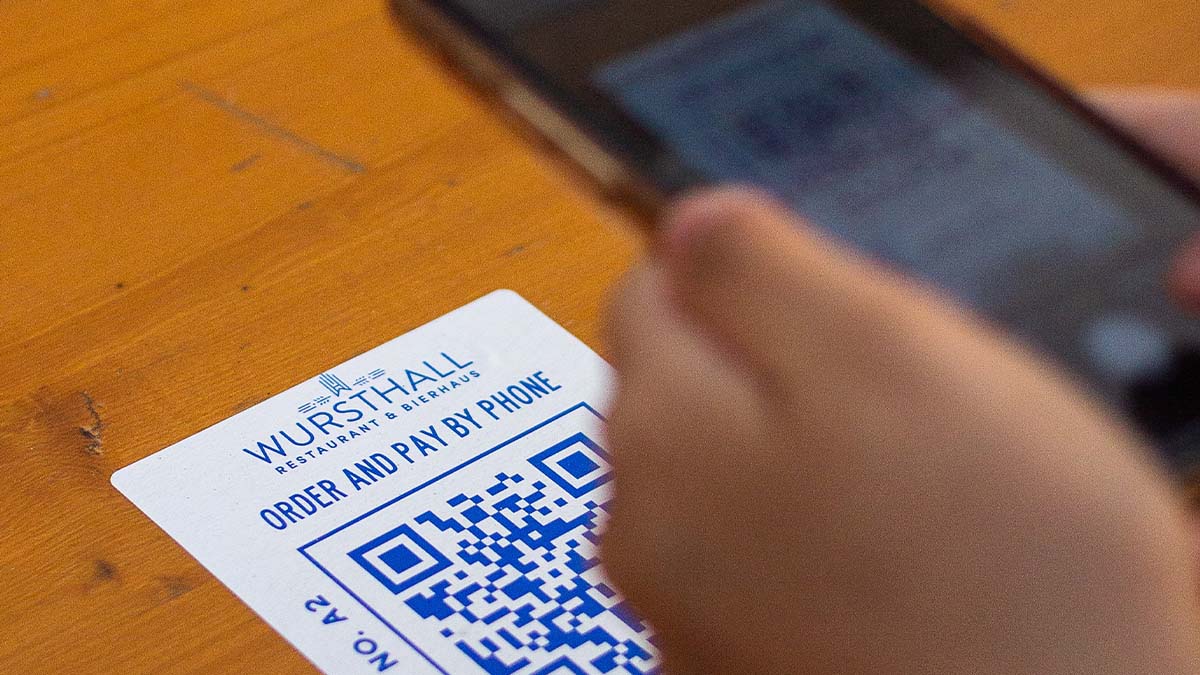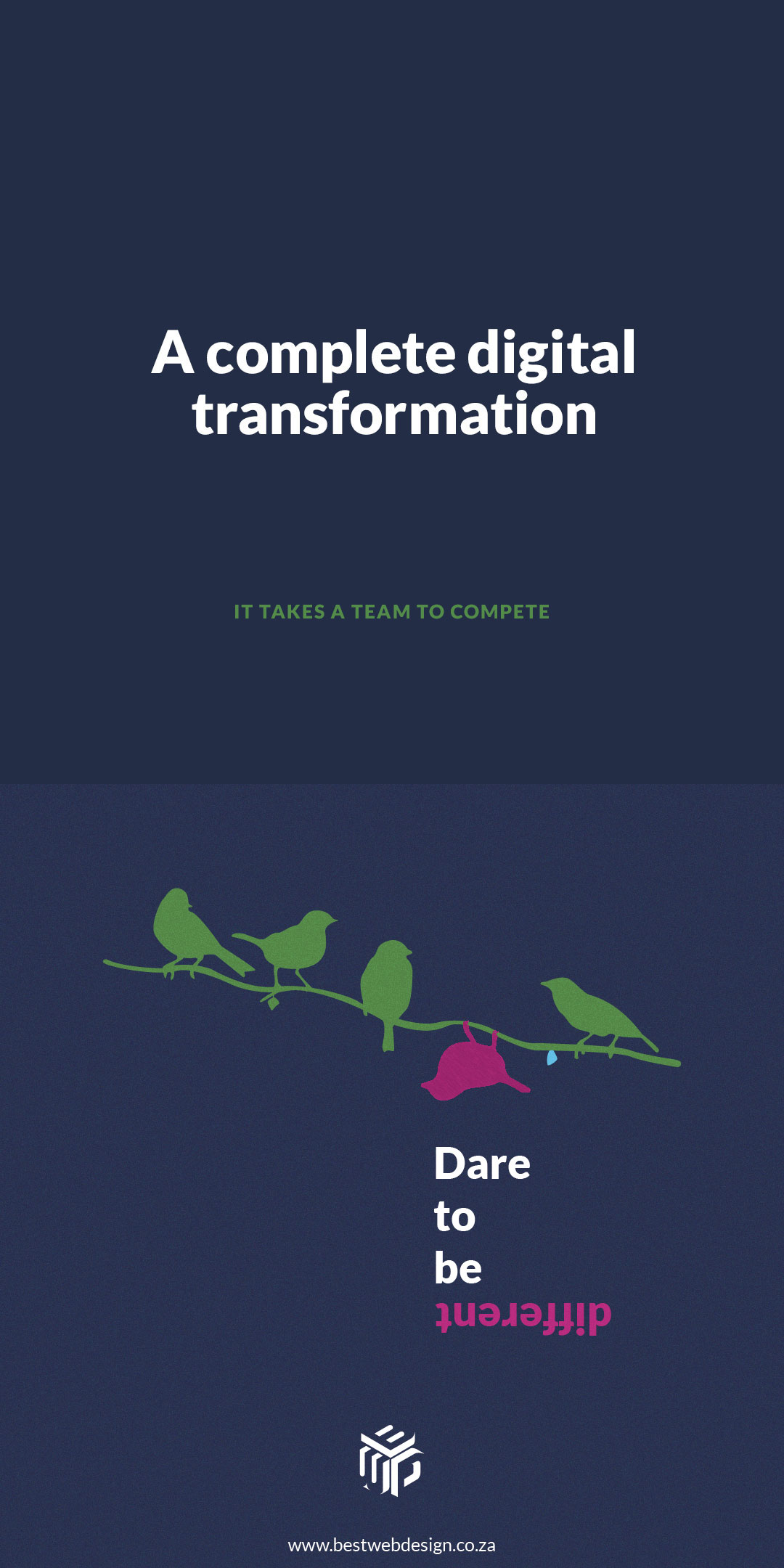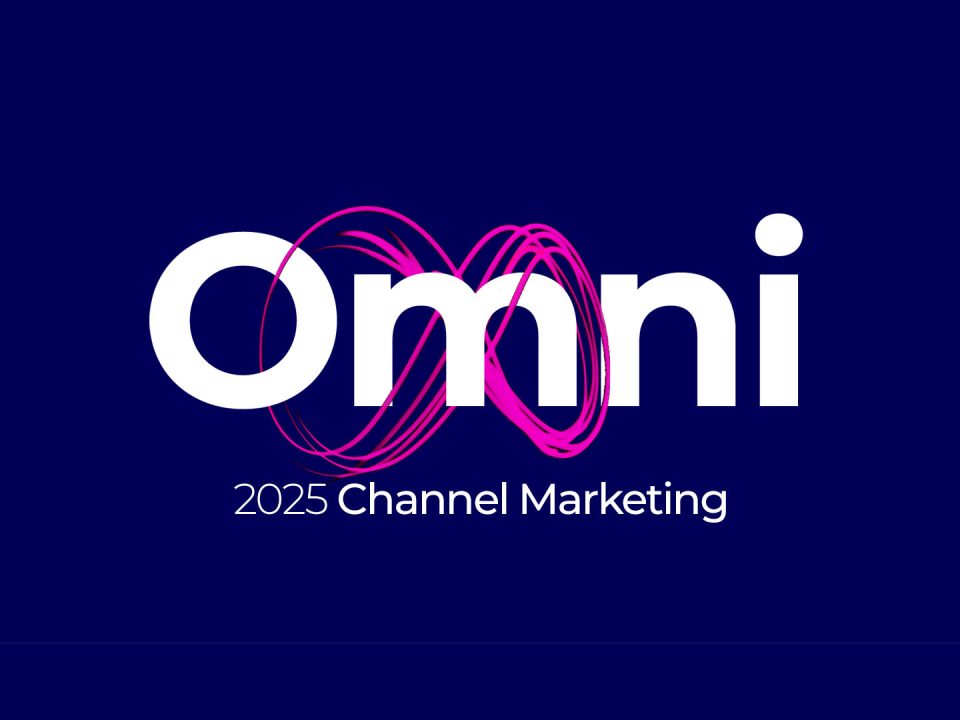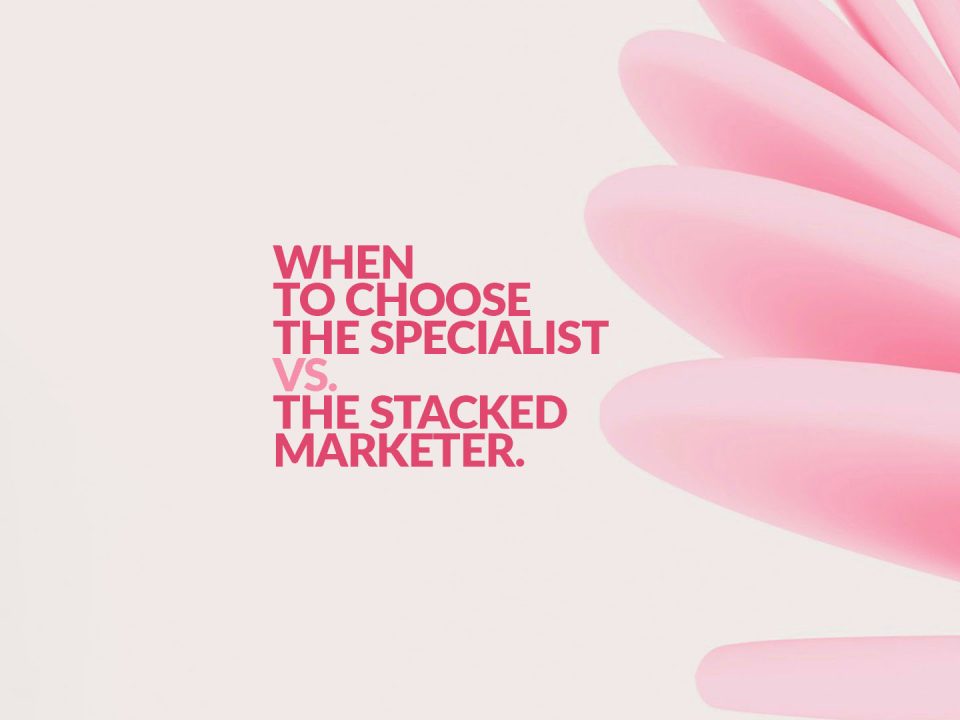
QR codes provide new marketing opportunities
January 19, 2022
The Online Marketing Success Formula
June 3, 2022Benefits of branding your business
There are millions of brands in today’s competitive market; consequently, your business needs an identity to separate it from the rest.
There is a widespread misconception regarding brands. Many small businesses think that the word ‘Brand’ only applies to businesses with a larger footprint and consumer recognition. This is certainly not the case. With creativity, the right skill, authenticity and proper execution, your business can build a brand that connects with your audience like never before.
This brings us back to the question, how can my business benefit from branding? Which is usually followed by how can I turn my business into a brand? We have decided to avoid overcomplicating things that we will break down each element of branding and discuss each one separately for better oversight. Defining your brand can be tricky, but we are here to help. A brand is usually defined as an identifying symbol, name, or logo of a business. It could also be attached to a particular set of beliefs that a company might have, defining to the public who they are and what they stand for.
Benefits of branding
As your brand grows, so does your business. Establishing a brand takes time and patience, but it’s well worth the wait. Here are some benefits of branding according to Entrepreneur.com.
- Branding allows you to set yourself apart from your competitors
- It also gives your business credibility
- Branding improves customer retention, referrals and loyalty
- It keeps your business consistent and helps attract your ideal customers
- Last but not least, it helps prove your worth, allowing you to ask the price that you want

As your brand grows, so does your business. Establishing a brand takes time and patience, but it’s well worth the wait.
There are five distinct features of a brand: promise, position, personality traits, story, and association. All of which can be interlinked and is interdependent on each other.
Let’s explore each unique feature separately for better context. See below.
Positioning
This is the part that describes your business, who your audience members are and what makes up your unique value proposition. It is also essential to know what differentiates your brand from your competitors when positioning your brand. Is it the price, product quality, values or customer service? Once you’ve decided on your brand’s positioning, you can start by showcasing it to your audience.
Promise
When you are working on your brand promise, it is crucial to think realistically what you can and can’t deliver to your customers. Making a promise you can’t keep will only ruin your reputation as a brand. This could be anything such as delivery time-frames, prices or product quality. Your brand promise should complement your daily business operations, systems and processes. If you promise your customers quality, then that is what they expect to receive. Not keeping your commitment to your customers is like shooting yourself in the foot. So be careful of what you promise and always back it up. These days, word of mouth spreads like wild fire. Customers will let others know that they are unhappy with your brand by means of reviews or social media.
Brand personality
Developing a brand personality does not happen overnight. It takes time to cultivate the essence of your brand. It’s best to think and strategise from a different perspective, such as the view of the customer. How do you want clients and prospects to describe your brand? Fun, quirky, serious? Take a look at personality traits and select at least five or eight personality traits that fit in with your brand. Also, be considerate towards the fact that the personality you choose for your brand will ultimately be the deciding factor in whether or not customers relate to your brand. Personalities clash, and so does brand personalities. If people can’t relate to your brand personality, they’re not sticking around for much longer.
Story branding
When developing your brand story, we suggest glancing at the past. How was the business started, and why? What problems did your company want to solve for people? By piecing all of the small details together, you end up with the puzzle. Creating a broad picture showing how far you’ve come and where you’re going. Your brand story should also include a section explaining to the customers what your products and service offers are and how it will change their lives.
Associations
Have you ever heard of the saying – Guilty by association? Well, when people see some aspects of your brand, such as the logo, they easily associate it with your business. When looking at the swoosh symbol, you don’t need to see the word Nike to know it’s a famous Nike brand. You just know it’s Nike! It is crucial to keep in mind that your brand promise and association should correlate, ultimately supporting your positioning statement.
How your business can form an emotional connection through branding?
Consumers form emotional connections with brands for several reasons. Once consumers are familiar with your brand, like it and trust it, the consumer forms an emotional connection. There are several ways to achieve emotional connections with your consumers and take a customer beyond loyalty, and makes them advocates of the brand. One of the easiest ways to form an emotional connection is by being authentic, transparent, have empathy, and connect with customers wherever possible. In a blog post from 99 designs, they reiterate that the more your audience resonates with your story, the more connected they become.
So take the time to carefully curate your brand identity. Your business could also spend some time analysing what drives your customers and leverage that information to build a stronger connection. For example, suppose you’re an outdoor brand, and most of your customers support anti-poaching initiatives. In that case, your business could be associating yourself with these NGO’s – Showing your customers that you care.

Promise, position, personality traits, story, and association. All of which can be interlinked and is interdependent on each other.
Brand Statistics
According to an article and survey conducted by Orbelo, a local and international dropshipping platform
the following brand statistics plays a significant factor:
- 86% of consumers say that when deciding on what brands to support, they consider a brands authenticity first.
- 81% of consumers only buy from a brand once they have built trust with the brand
- Using a signature colour for your brand can increase recognition by 80%
- It takes 0.05 seconds for people to form an opinion about your website
- Consistent presentation of a brand can increase business revenue by 33%
- 66% of consumers agree that authenticity is an essential quality in any brand
- 64% of consumers will either buy or boycott a brand based on a social or political issue
- 73% of consumers say that their experience with a brand influences their purchasing decisions
- 77% of people buy from brands that share the same values as the consumer
Q: When should I consider rebranding?
This is another popular question we get asked frequently. Your brand is your most valuable asset, and like all the other assets your business has, it needs to be looked after. But that’s hard to do when you’re busy with everyday work and don’t have the time or the resources to take care of everything. It is easy to overlook the red flags, and it could be irreparable when you eventually notice them. So, the question remains. When should I consider rebranding? To make things easier, we’ve highlighted some of the red flags that tell you it’s time to consider rebranding.
Q: When the brand name no longer reflects the vision of your brand
Take Google as an example. They started as BackRub and then transitioned over to the new name Google when their vision changed. Or Nike, who used to be called Blue Ribbon Sport. All of these well-known brands had to transform into a new brand at some point during their life span. When your business outgrows your previous vision, it is time to consider rebranding to fit the new vision of your business.
Q: You feel embarrassed to show clients your corporate identity
Suppose your website or business card is poorly designed, and you feel embarrassed. In that case, you might want to consider rebranding as an option. When reaching out to potential prospects, you shouldn’t feel any sort of cringe. If you are embarrassed, it’s likely that others in the business are too. That doesn’t necessarily mean you need to rebrand everything. Sometimes updating a few visuals on your website or landing pages can do the trick.
Q: When customers can’t differentiate you from your competitors
Another way you know it’s time to rebrand your business is when you get lost in the sea of your competitors. Rebranding can be the difference between failure and being superior to your competition. It all breaks down to differentiating factors communicated in your brand message and style. The process can also help you redefine your competitive advantage, providing clarity where needed.
Q: Your business model has changed
When the way your business operates, communicates or when the strategy changes, your brand should follow suit. An excellent place to start is at the foundation. We suggest re-aligning your vision, mission and core purpose.
Some questions to ask yourself when rebranding:
- Why did I start the business?
- Where do I want it to go?
- How will I get there?
- What is the culture I want in my business?
- What are our values?
Defining your business is a good starting point, and it provides a vision for the future. No company can successfully rebrand itself when no one knows the plan of action. We all know the saying, “Failing to plan is planning to fail”.
Q: If you’ve outgrown your brand
In any brands lifecycle, there comes a time when rebranding is necessary. As your business evolves over time, so does your brand. That doesn’t mean you should throw away all of the elements that make up your brand. Your brand likely has some strengths that you can take with you on your journey to rebranding. However, it is also important to re-evaluate your brand’s strengths and weaknesses.
It is never too late to take the leap and re-align your brand. When you decide it’s time to rebrand, call in some professional help. The great thing about approaching an experienced marketing agency is that you get a team of experts for the price of one. Best Web Design is that team. We have multiple skillsets all in-house, ranging from graphic design, SEO, online marketing and everything in between. We strictly focus on quality over quantity, and we strive to provide value to all our customers. Need help rebranding? Give us a call. Our team is ready to help you get your brand out there!






